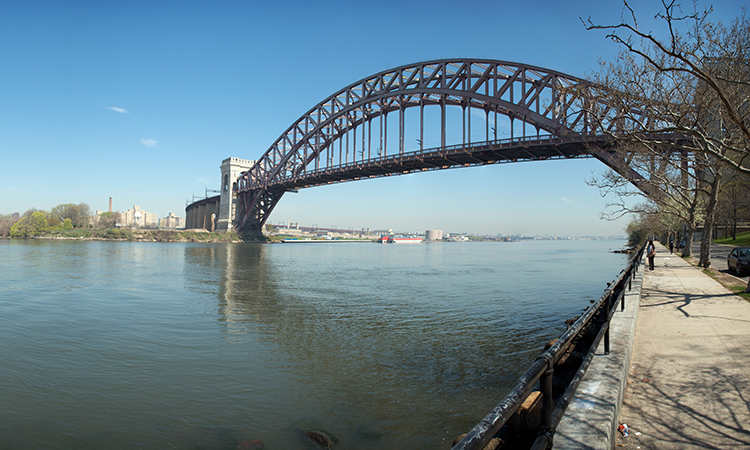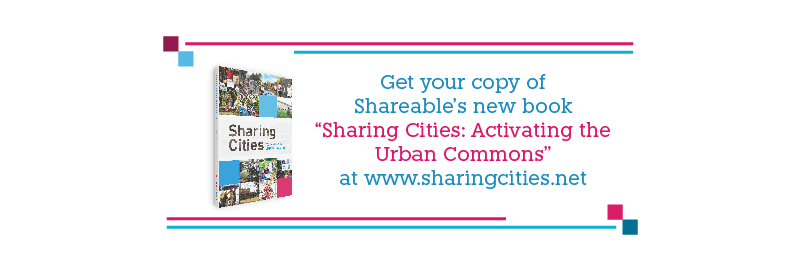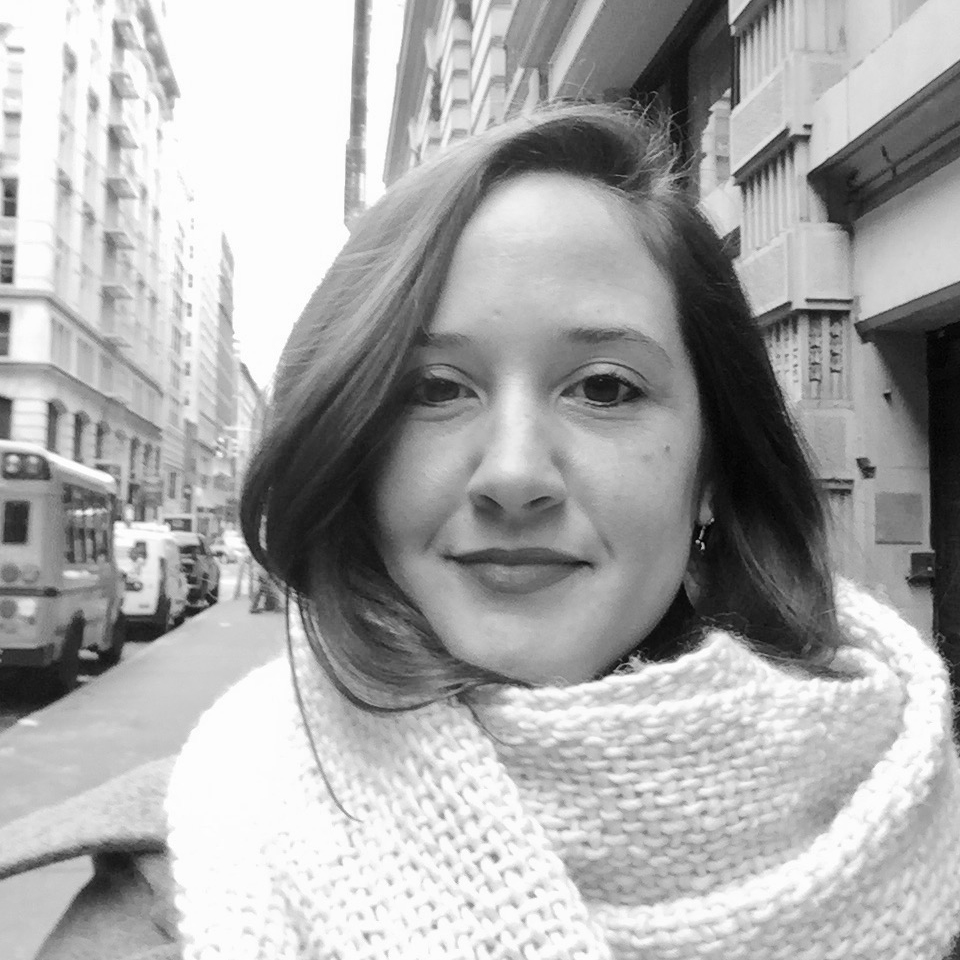Here's the problem: Beginning at Lake Tear of the Clouds, the Hudson River cascades and winds its way through a beautiful valley for 315 miles, running alongside New York City in its last stretch before joining the Atlantic Ocean. The Hudson Valley has long been a muse for artists, a popular retreat for city dwellers, and a sanctuary for its residents, while its southern neighbor —New York City— continues to be a bustling metropolis.
However, the popularity of this region surrounding the Hudson has heightened the need to monitor the quality of its water and combat contamination flowing through increasingly overtaxed sewage systems. Although the passage of the NYS Pure Waters Bond Act and Clean Water Act —and most recently the Clean Water Infrastructure Act of 2017— have helped protect the River's water, a lack of investment in maintenance and upgrades to sewer systems threaten the health of the river, its watershed, and the people who use it.
The U.S. Environmental Protection Agency has estimated that 3.5 million Americans are sickened each year from contact with recreational water, primarily due to pathogens associated with sewage —yet there is little government data available to define when and where waters are safe for swimming. Hudson Valley communities have proposed as many as 300 wastewater improvement projects to combat contamination, but action on those projects has been slow.
Here's how one organization is working on the problem: To defend the health of the Hudson River and its communities, the Hudson Riverkeeper, a nongovernmental organization established to protect the Hudson from pollution, devised a community-led, water-quality monitoring program in which the public helps fill the vast data gap on the level of contamination and water quality problems. Unlike traditional citizen science projects —in which scientists define the problem and recruit citizens to help gather data— the organization's program began with a citizen team co-designing and leading the project with scientists from Columbia University's Lamont-Doherty Earth Observatory and Queens College, in New York. Both citizens and scientists own the results and the work.
Through the program, committed community members are trained in basic water sampling techniques to test for bacteria —indicating the presence of untreated sewage. The Hudson Riverkeeper's team and a growing number of partner labs perform these tests on a regular basis, including after heavy rainfall when contaminated runoff and other sewage leaks are heaviest. Certain scientific standards are enforced to ensure proper data collection, and all results are shared as an open-source model, meaning citizens are able to easily access and contribute to the data, empowering them to advocate for change in their own communities.
Results:
- This collaborative effort between citizens, organizations, and the scientific community played a significant role in the passage of New York's Sewage Pollution Right to Know Law in 2012. The law requires that untreated and partially treated sewage discharges by publicly-owned treatment works and sewer systems be reported within two hours of discovery to the New York State Department of Environmental Conservation, and within four hours to the public and municipalities.
- The law, and concerted advocacy by a coalition of organizations, has in turn been a driver of hundreds of millions of dollars in new wastewater facility investments. "In 2017, Governor Andrew Cuomo signed the Clean Water Infrastructure Act, the biggest state investment in clean water in a generation. The water quality data —and those who gather it— were a driving force behind this landmark investment," says Dan Shapley.
- With such success, the initiative has expanded within the watershed and outwards by groups such as Save the Sound in Connecticut.
Learn more from:
This case study is adapted from our latest book, "Sharing Cities: Activating the Urban Commons." Get a copy today.
Header image of a panoramic view of the East River from Astoria Park provided by onefivefour
This piece was edited by Emily Skeehan.










